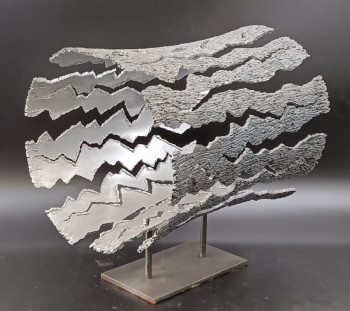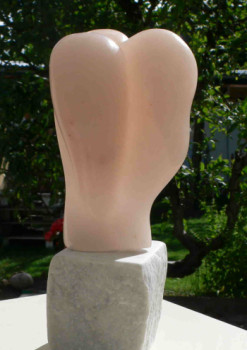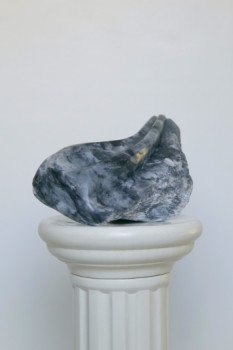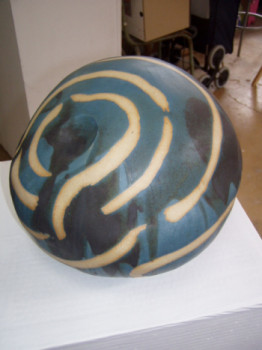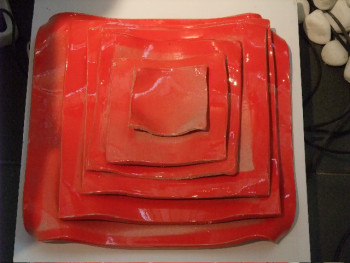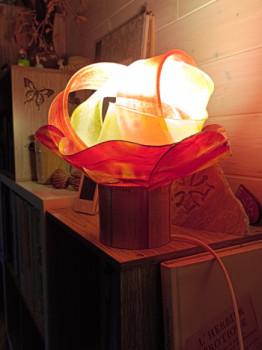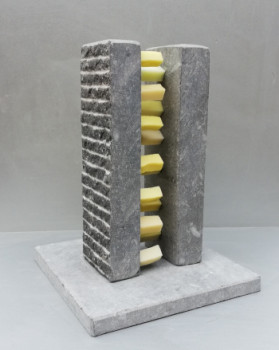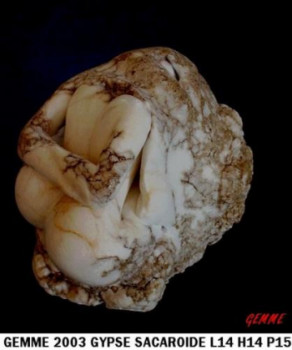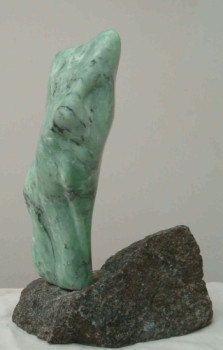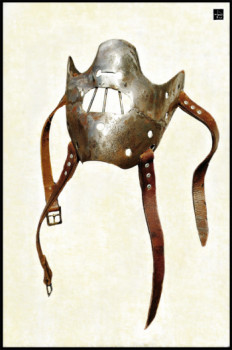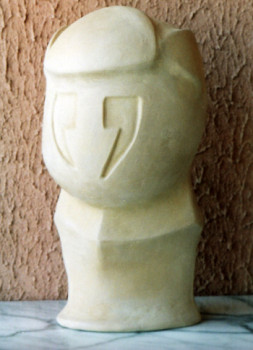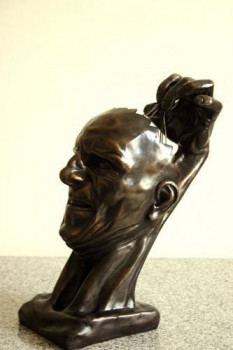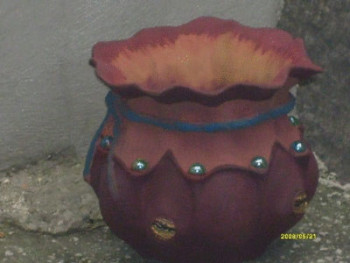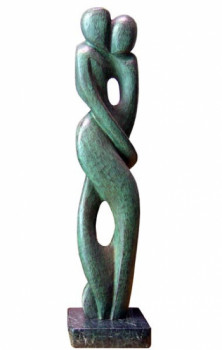
Lipschitz, cubist sculptor who loved to travel the world
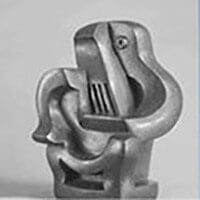
Although the roots of the artist are firmly anchored in Lithuanian soil, Lipschitz lived in several countries during his life, notably in France and the States - United States. His creations, often playing with a powerful effect of transparency, have profoundly marked the history of contemporary art.
From Lithuania to Paris
Lipschitz's family was living in Lithuania when he was born on August 22; t 1891. Growing up in a modest environment, he continued his education. normal, without shading. His interest in the arts gradually awakened. little, while it gravitates far from the great European cultural capitals, going up to mutate into devouring passion. Full of hope and ambition, the young Lipschitz dreamed of expatriating, in order to give himself a chance to make a living from his creations. ations. At the age of eighteen, he left his native country and headed to France. Young, passionate and ambitious, he joined the Ecole des Beaux-Arts de Paris, where he studied. he learns various techniques, thus maximizing his chances of success. Inspired student and talented, he nevertheless wishes to complete his training which he still considers modest. This is why he also asks join the Julian Academy.
Lipschitz and Cubism
During the years spent in the French capital, Lipschitz evolved in the art world, then in full effervescence. He meets Picasso and Archipenko. Two meetings which are enough to change the life of young Lipschitz. The artist sculptor discovered cubism and devoted himself to it without reservation or limit. He learned, tested and perfected himself until 1913, the year during which he produced his first works of essentially cubist inspiration. These are cut to size. even stone, in the form of blocks with uncertain edges. Within these rocky cobblestones, silhouettes and heads can be seen. He then takes pleasure in play with volumes, creating unusual proportions, imposing themselves in the space and giving life to your space. significant monuments. Seven years later, an exhibition was entirely dedicated to him. His works are presented to the public, in the Léonce Rosenberg gallery.
L'Esprit Nouveau
Two years, almost to the day, after choosing the path of Cubism, Lipschitz became a member of the New Spirit. For ten years, each sculpture by the artist enters a predefined mold: vaguely human silhouettes, often enhanced by an excessively small head. These creations aim to remain raw, letting the material express itself, without embellishments. Rare are the parts intentionally colored by the sculptor at the beginning. This notion only changed during the year 1925. Lipschitz wanted to deepen his research and, for this purpose, approached a more complex concept and much more demanding in terms of techniques: transparent sculpture. To do this, he must change his production method. After several unsuccessful attempts, the sculptor artist turns to a process of sculpting. of lost wax. This change is a real success. The creations of Lipschitz, formerly strongly angular, are now intended to be airy, flexible and more organic.
1930: the year marked by retrospect
Marking a fairly radical change in creative angle, Lipschitz intrigues as much as it fascinates. Critics study his evolution, the public flocks to the doors of each exhibition, curious to discover what his next invention will be. Quite naturally, in 1930, the artist sculptor presented a retrospective, to the point of view of the artist. Paris, between the walls of the Renaissance gallery, a name ô how appropriate.
Opportunity; New Yorker
Five years pass peacefully after the artist's retrospective. In 1935, Lipschitz found himself face to face with an opportunity that he cannot miss: an ambitious exhibition, within the famous Brummer Galery in New York. Despite complex logistics and masterful pressure, Lipschitz accepts and meets this new challenge with flying colors. Proof of this is his remarkable entry, two years later, at the Universal Exhibition. The Second World War redistributes the cards and imposes flight on all sides. the artist who leaves the capital, then quickly, France. The latter then leaves his luggage in America.
A prolific artist
Lipschitz is a lucky sculptor who keeps ordering and never finds himself without some kind of project in progress. development courses. It notably carries out:
- "Peace on earth": this sculpture, made entirely of bronze, measures around fifteen meters high,
- "Bellerophon Taming Pegasus": this monument is the last project that the artist managed to complete. deliver before dying. It represents, as its name suggests, Pegasus and Bellerophon,
- "Our tree of life": a structure of colossal dimensions that he will not complete during his lifetime. However, this project is being carried out his term, by the expert hands of his second wife.
Sculptor, until his last hour
Lipschitz is an invested artist, having a passion for art. heart to honor all its commitments. He never gives up, even when the scale of the work proves gigantic. Passionate and meticulous, he devotes himself to his passion, his job, until until his body ends up betraying him. The artist sculptor died on May 26, 1973. He then lived in Paris. Capri, with his second wife.
Lipschitz Quotes
"Copy nature and you infringe the work of our Lord. Interpret nature and you will be an artist."
"In the early 1920s, I knew I had to go beyond the simple Cubist vocabulary I had learned and find a new content, a new personal expression. Abstraction has never been enough for me."
"I also found the so-called high art too pompous, too stiff. was freer, more imaginative, more open to all kinds of unorthodox expressions, to all kinds of daring in the handling of materials, and I preferred to surround myself with this type of art."
"All my life as an artist, I have asked myself: what continually pushes me to make sculpture? J I found the answer - at least the answer for myself. Art is an action against death. It is the denial of death."
"I'm most curious to see what the next thing I do will be."
Découvrez quelques oeuvres inspirées de Lipschitz
